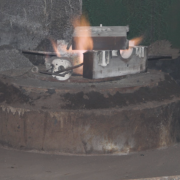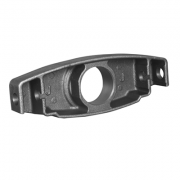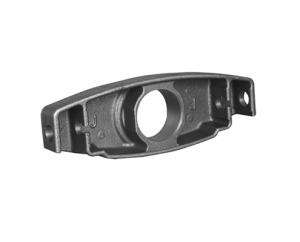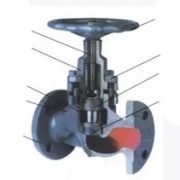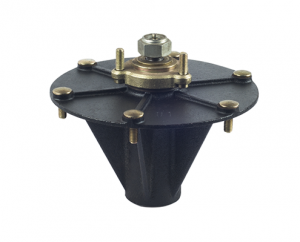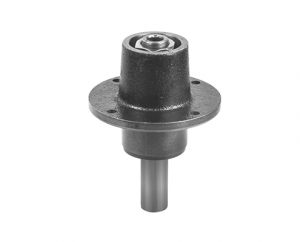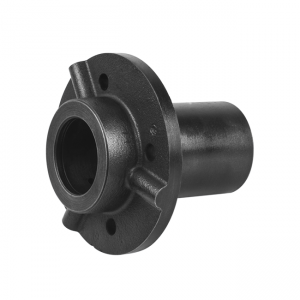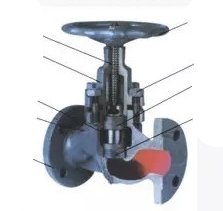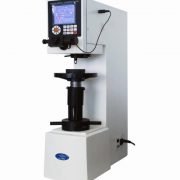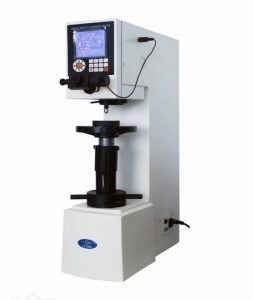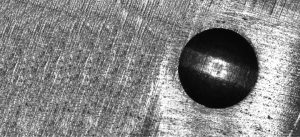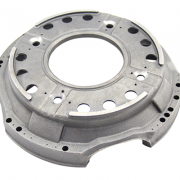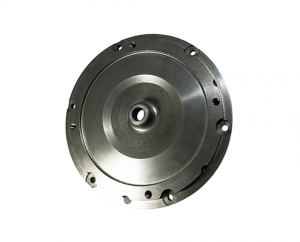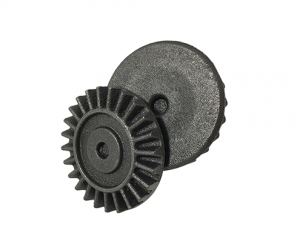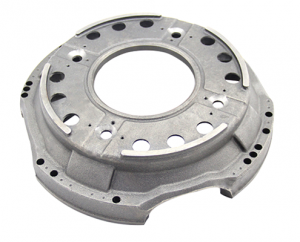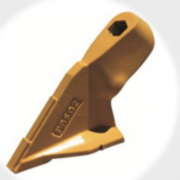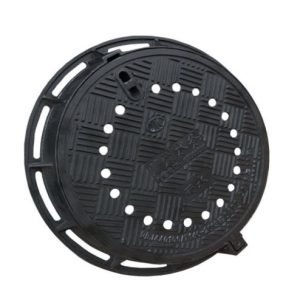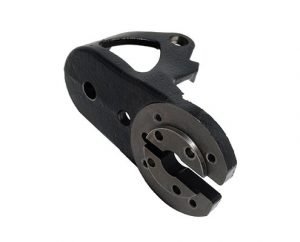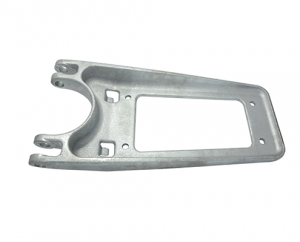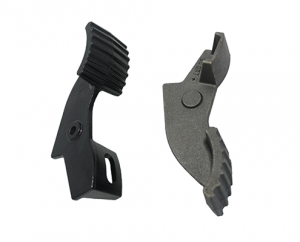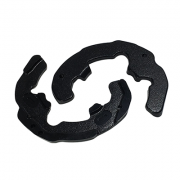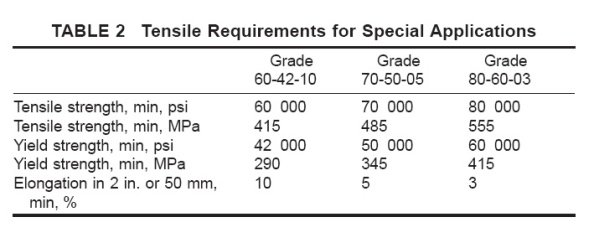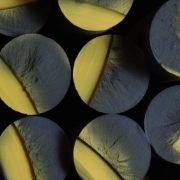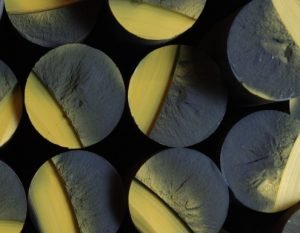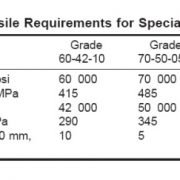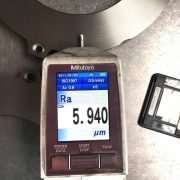The Differences between Cast Iron and Cast Aluminum
The Differences between Cast Iron and Cast Aluminum
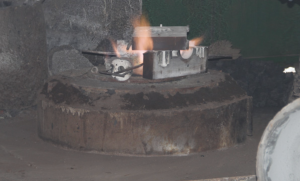 Due to the different materials, the distinction between cast aluminum and cast iron is quite obvious. Today, Yide Casting will share the differences with you, so that you can choose the right material for your castings.
Due to the different materials, the distinction between cast aluminum and cast iron is quite obvious. Today, Yide Casting will share the differences with you, so that you can choose the right material for your castings.
-
The difference in weight
The specific gravity of cast aluminum is lighter than cast iron. The density of cast iron is about 7.8 g/cm3, while the density of cast aluminum is about 2.7g/cm3. The weight of cast aluminum parts of the same size is obviously lighter.
-
The difference in volume
The specific gravity of aluminum is lighter. At the same time, the structural strength of aluminum castings per unit volume is less than that of iron castings.Thus the volume of aluminum castings with the same strength is larger than that of iron castings. In the case of the same volume, the strength of cast aluminum is lower than that of cast iron.
-
The difference in cost
The current market price of cast aluminum is much higher than cast iron.
-
The difference in heat dissipation
The thermal conductivity of cast aluminum parts is more than three times that of cast iron parts. It has been widely used in radiators and heat exchangers in industry and cooking utensils.
-
The difference in corrosion resistance
The surface of aluminum castings has a corrosion-resistant oxide protective film, which protects aluminum castings from corrosion. Therefore, aluminum castings are also widely used in medical equipment, refrigeration equipment, oil and gas pipelines, petroleum machinery, etc. The corrosion of iron castings is far less than that of aluminum castings.
-
The difference in casting performance
The casting performance of aluminum is higher than that of cast iron. Aluminum is easy to cast and can cast rough castings with complex shapes.
Yide casting is an experienced casting foundry, specialized in casting iron for 28years, can manufacture the casting iron parts according to your drawing file and requirement. If you are looking for a casting manufacturer, please feel free to contact us for more details, and you are welcome to visit our factory for more details.

